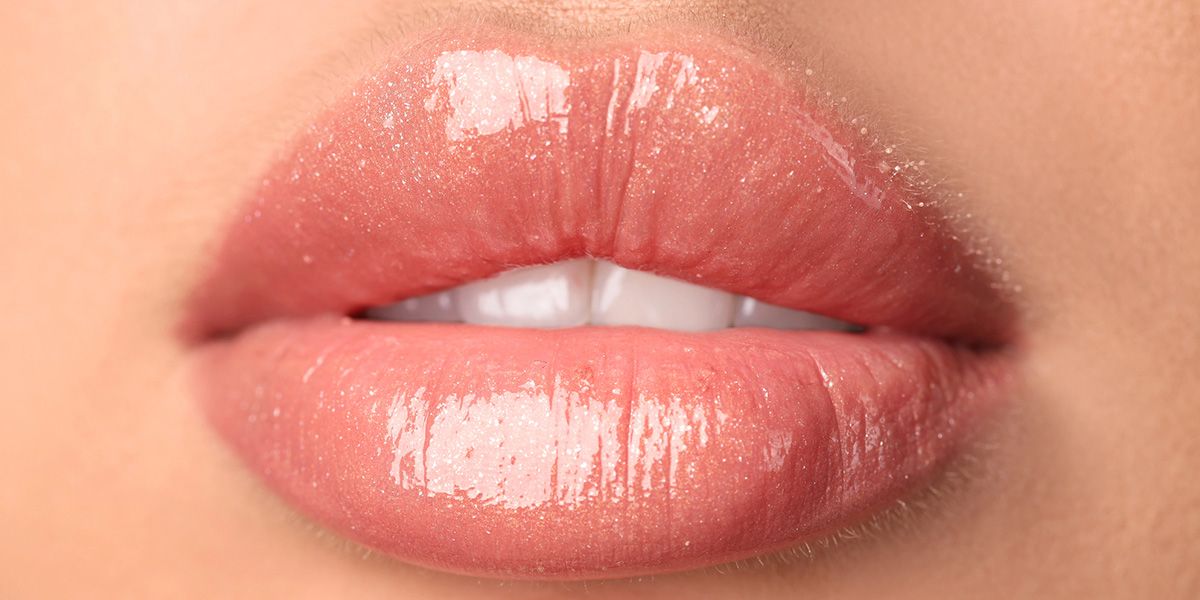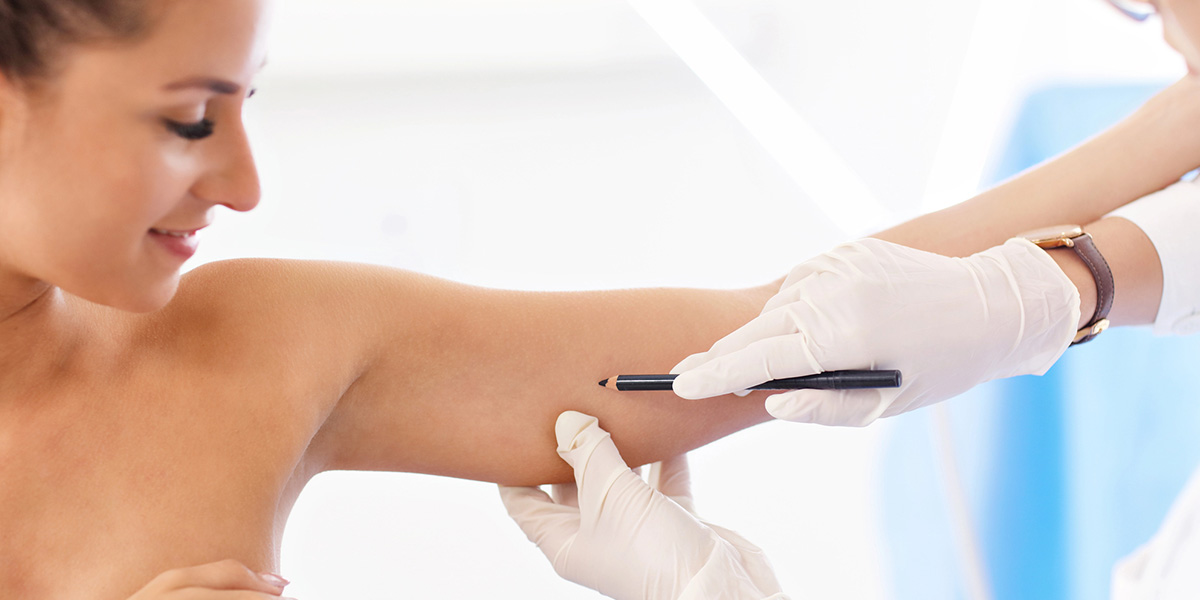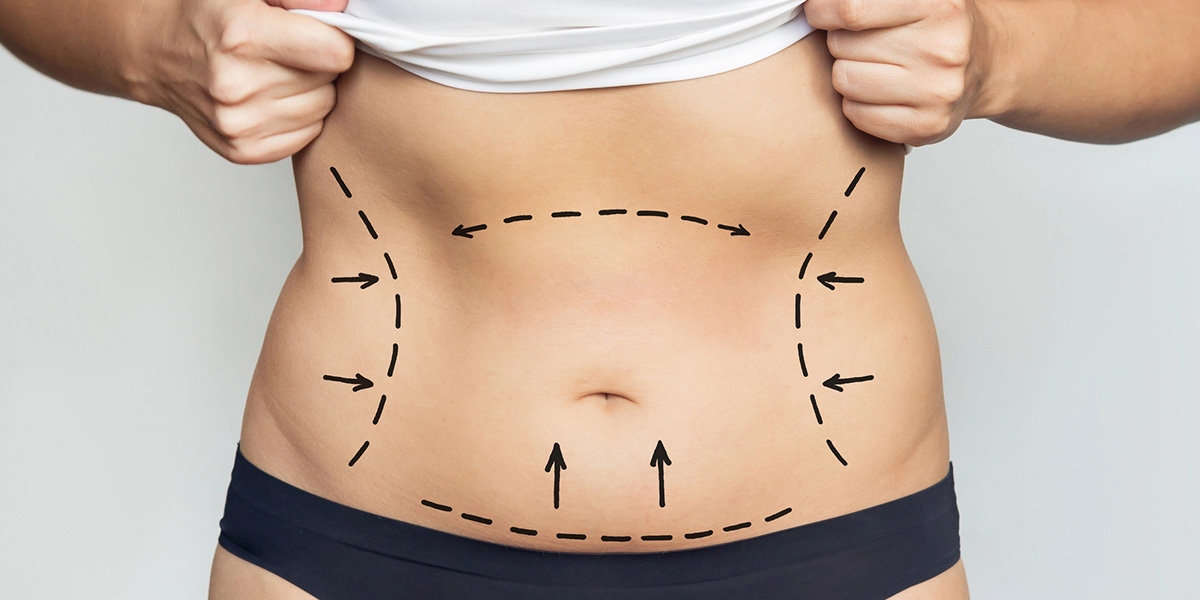Gynecomastia is the most prevalent male breast disorder, affecting as many as 65% of men between the ages of 27 and 92. If you have gynecomastia, there are treatment options available. Learn more about the condition, what causes it, and what treatments to use.
What Is Gynecomastia?
Gynecomastia is a condition that causes the enlargement of male breast tissue. It can occur in males of all ages and vary in severity, but it is more common during puberty and older adulthood.
Hormone imbalances are often a root cause of gynecomastia. Male bodies produce a high level of testosterone and some estrogen, with the testosterone preventing the estrogen from enlarging breast tissue. If you have a hormone imbalance that allows your body to produce more estrogen than testosterone, you may begin to see the first signs of gynecomastia.
Hormone imbalances may result from:
- Obesity
- Puberty
- Older age
Certain medications can also cause gynecomastia, including some that treat heart disease, ulcers, anxiety, and depression. Anabolic steroids and cannabis use can be another cause, as can excessive alcohol consumption.
Other health conditions that can cause an increase in estrogen include:
- Adrenal tumors
- Kidney disease
- Liver disease
- Thyroid disease
Cosmetic Treatment of Gynecomastia
If you have gynecomastia, the treatment will depend on the grade of the condition.
Grade 1 gynecomastia can require the excision of just the breast tissue, and Dr. Gandolfi can do this through a small incision in the areola. Because breast tissue is firm, liposuction alone is not enough.
For Grade 2 gynecomastia, it is necessary to remove breast tissue and fat. If you have fat and breast tissue without excess skin, you can get liposuction after Dr. Gandolfi makes the incision near the areola, providing chest contouring.
If you have Grade 3 gynecomastia, the treatment involves removing breast tissue, fat, and skin. Dr. Gandolfi removes glandular tissue and excess fat while also performing liposuction on the area. Because there is excess skin to manage, you may need added procedures like BodyTite (which can help tighten the skin) or a skin excision.
Preparing for Gynecomastia Treatment
The first step is to reach out to a qualified surgeon, like Dr. Gandolfi, for a consultation. He will evaluate the treatment area and take your medical history to see if you’re healthy enough for a surgical procedure.
As with any other type of surgery, you will need to stop taking blood-thinning medications and stop smoking in the days leading up to your appointment. Don’t eat or drink anything for at least six hours before your surgery to avoid complications with the anesthesia.
The Gynecomastia Procedure
Dr. Gandolfi will make a small incision at the areola and insert a cannula (thin hollow tube). By moving the cannula around the treatment area, Dr. Gandolfi can dislodge excess fat and vacuum suction it from your body. If you have excess glandular tissue and skin, Dr. Gandolfi can perform an excision, but the exact pattern will vary depending on your individual needs.
If you receive general anesthesia, having someone drive you home after the procedure is best.
Gynecomastia Aftercare
Dr. Gandolfi will provide instructions on how to care for the treatment area, including any restrictions on your diet and when you can resume your regular activities. Recovery can take one to two weeks, and during this time, it is important to rest and avoid heavy lifting and strenuous exercise. To manage any discomfort, you can take over-the-counter medications.
Resolve Your Gynecomastia
If you are affected by an enlargement of breast tissue due to hormone imbalances, treatments are available. Dr. Brad M Gandolfi, MD, FACS, offers personalized care in the heart of NYC. By exploring the options available for treating gynecomastia, you can take the first step towards feeling more comfortable and confident in your skin. Read more about gynecomastia surgery to get the help you need.





